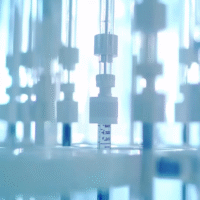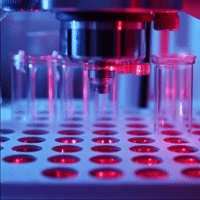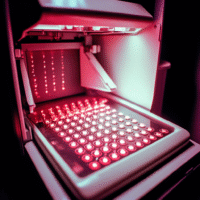Diagnosing Solid Lesions in the Pancreas With Multimodal Artificial Intelligence: A Randomized Crossover Trial
Summary
Artificial intelligence (AI) can help diagnose solid lesions in the pancreas from endoscopic ultrasonographic (EUS) images. This study developed a multimodal AI model integrating clinical information and EUS images to improve diagnosis.
Key Findings
The joint-AI model showed high performance in both internal and external test datasets, with the ability to enhance the diagnostic accuracy of novice endoscopists. Experienced endoscopists also benefited from supplementary interpretability information provided by the AI.
Practical Solutions and Value
The study suggests that the joint-AI model has the potential to facilitate clinical diagnosis of solid lesions in the pancreas. It highlights the positive interaction between human endoscopists and AI, providing a promising avenue for improving diagnostic accuracy. Future randomized clinical trials are needed to further validate these findings.
Implications
These results have important implications for the potential use of AI in clinical practice for diagnosing solid lesions in the pancreas, and the study emphasizes the need for further research in this area.
Application in Clinical Practice
AI-driven platforms like DocSym can help consolidate standards, protocols, and research into a single, easily accessible knowledge base for clinicians, extending the benefits of clinical trials into everyday medical practice. Additionally, mobile apps can support operations, scheduling, monitoring treatments, and telemedicine, ultimately improving patient care and expanding services digitally.


























